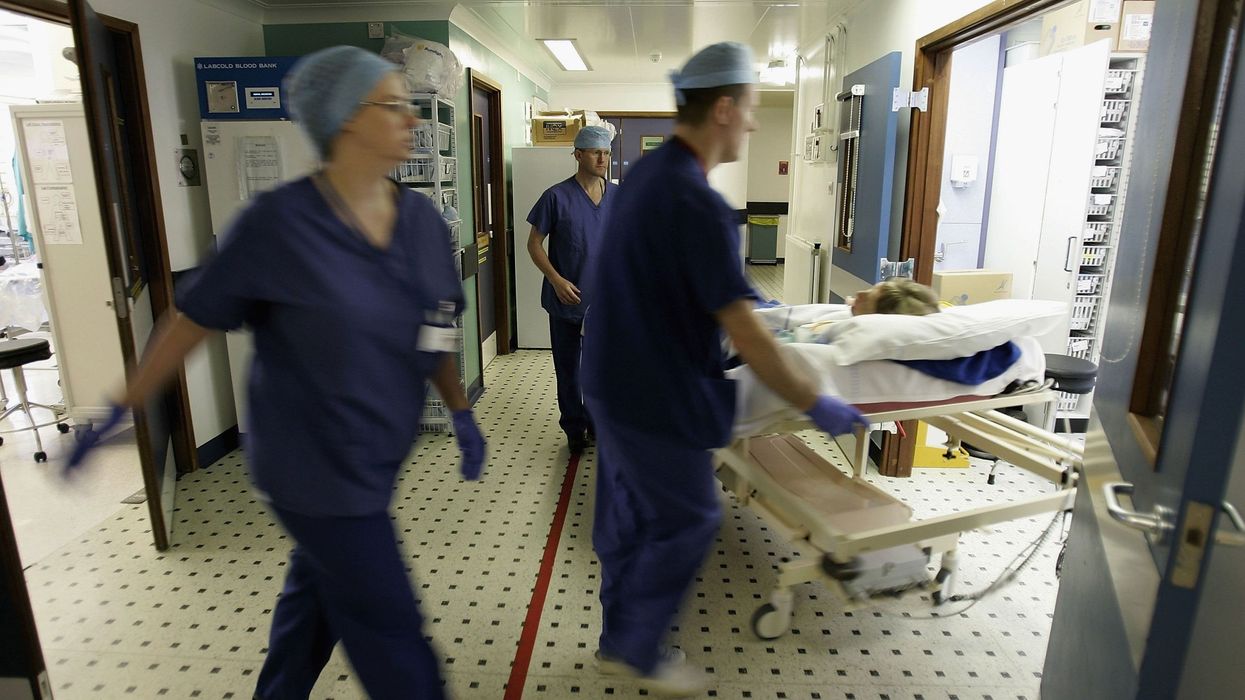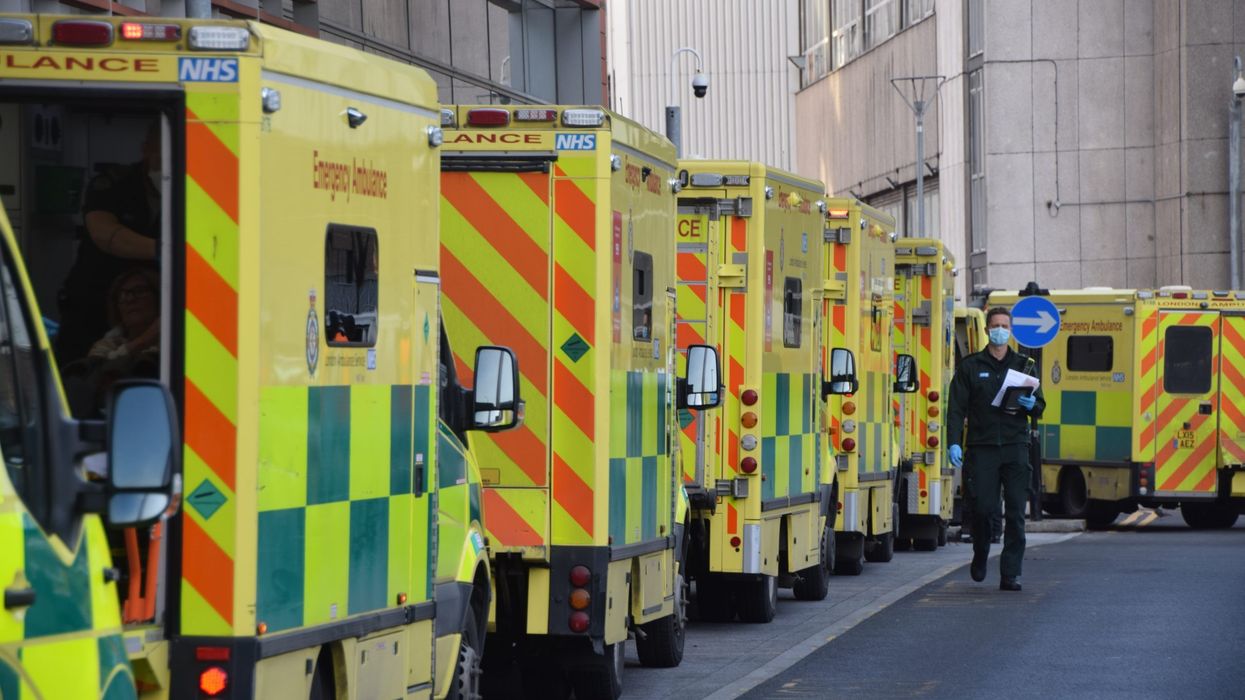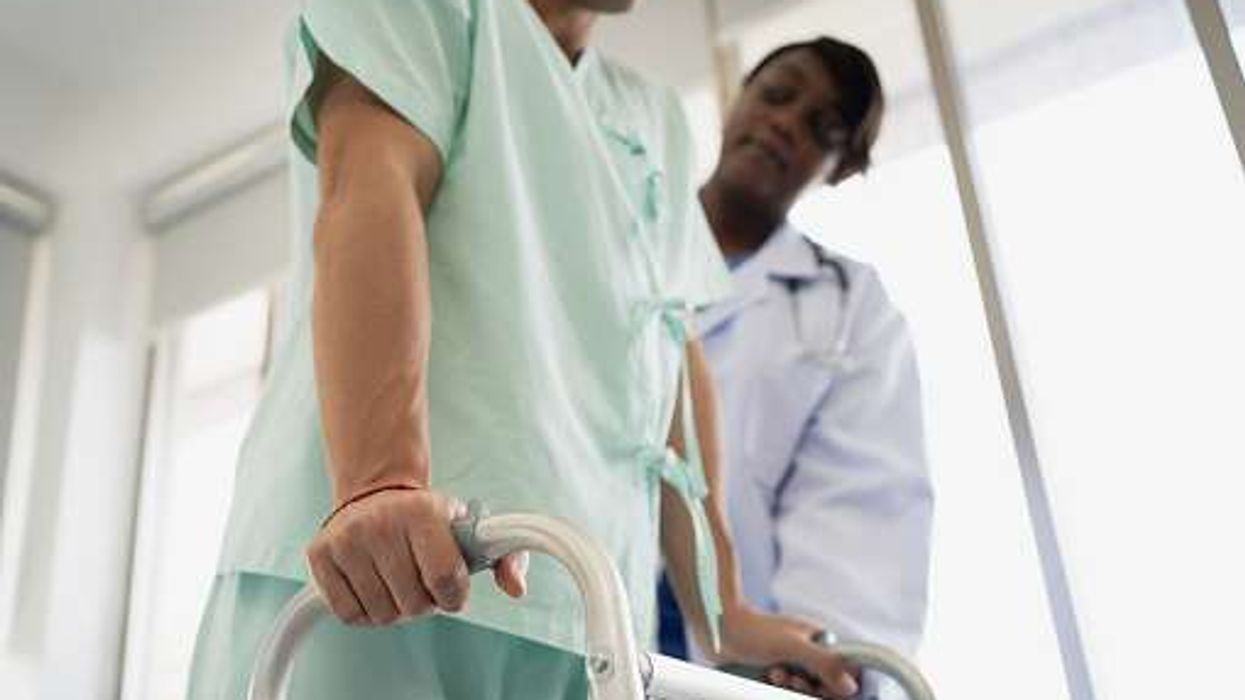Key Summary
- The NHS data indicates that they were able to treat 10,000 more patients this time than last year's strikes
- It maintained 93 per cent of planned care during the industrial action
- The doctors’ union rejected the claim that a majority of resident doctors had not joined the strike
THE NHS England has claimed that it was able to soften the impact of the recent resident doctors' strike, from 25 July to 30 July, on patients.
Early data released by the NHS indicate that they were able to treat 10,000 more patients than in last year's strikes, spearheaded by the British Medical Association (BMA).
During the latest round of industrial action, the NHS took a more robust approach, with the staff working round the clock to keep services open for patients.
The NHS maintained 93 percent of planned care during the strike action and was able to carry out operations, tests, and procedures. It also dealt with urgent and emergency cases.
Providing a breakdown of various NHS trusts, it said West Hertfordshire Teaching Hospitals delivered 98 percent activity, University College London Hospitals NHS Foundation (95 percent), Northumbria Healthcare NHS Foundation (95 percent), Moorfields Eye Hospital NHS Foundation (90 percent), and Imperial College Healthcare NHS Trust (95 percent).
NHS chief executive James Mackey said, “The NHS has come together like never before to minimise the impact of strikes on patients, and I want to thank the hundreds of thousands of staff, including many resident doctors, who worked hard to manage the disruption, protect patients, and ensure the NHS remained open for those who needed."
“While this is really good news for the vast majority of patients whose treatment went ahead, we should still acknowledge that there were thousands whose care was disrupted," he added.
Health secretary Wes Streeting lauded NHS staff for maintaining services amid the "unnecessary strike action".
“Despite the huge effort made to keep as much planned care as possible going, let’s be clear - these damaging strikes still come at a cost to patients, other staff and the NHS," he added.
The NHS data also indicates that less than a third of resident doctors chose to strike, with the number of strikers down by 7.5 percent (1,243) compared to the previous round of industrial action, with most resident doctors choosing to join the NHS-wide effort to keep the services open.
The doctors’ union, however, rejected these claims and said complex work schedules and doctors taking annual leave made it “almost impossible to know” how many had joined the action, The Guardian reports.
It dismissed the NHS England’s claim that the majority of its 77,000 resident doctors chose to be on duty as "a huge stretch of the imagination". "We look forward to seeing hard and fast data on NHS England’s claim," the BMA said.












